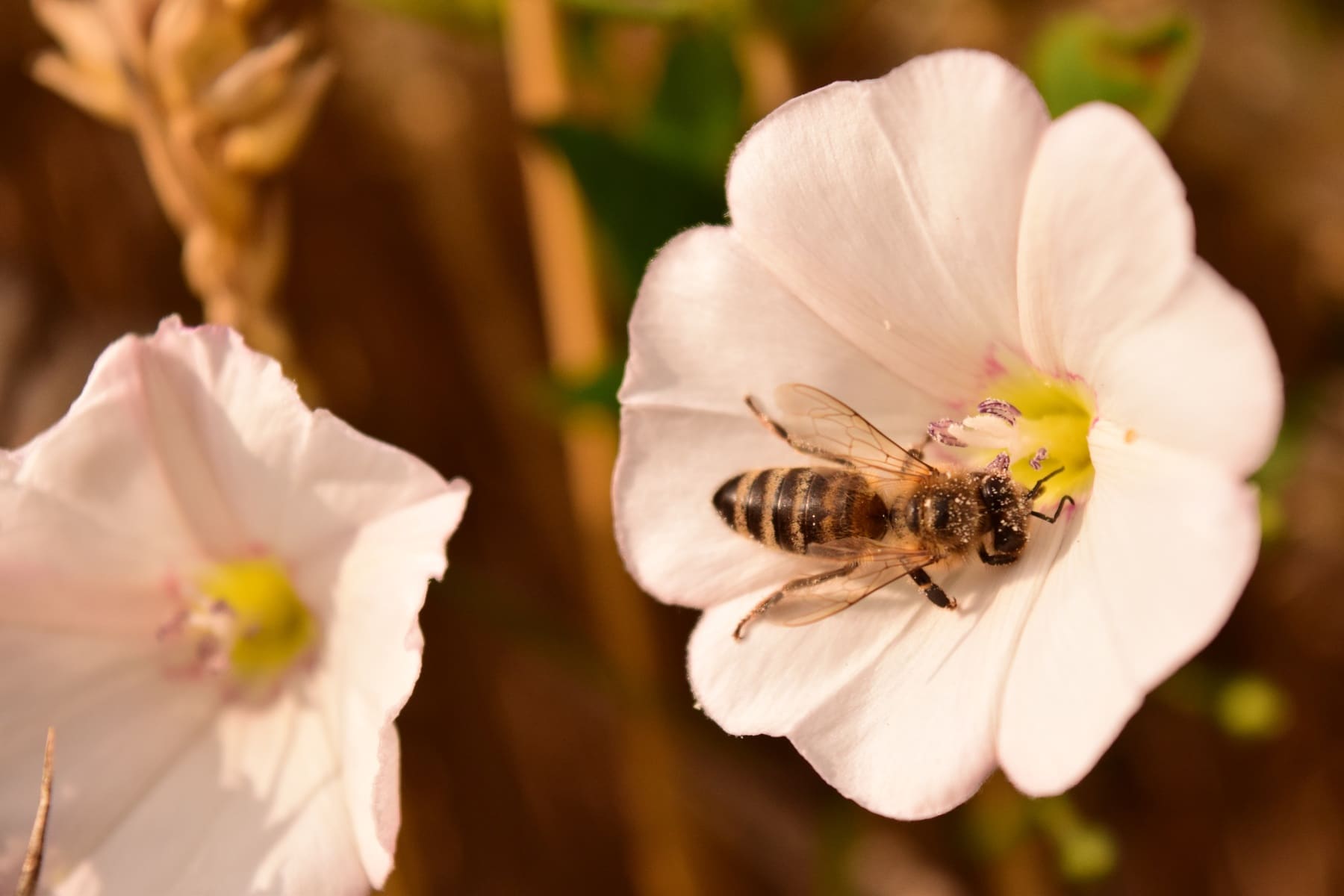It’s crucial to know how to pollinate in a greenhouse manually, using bees, or via devices. Pollination is necessary for plants to have a productive greenhouse. After all, it is how they reproduce, so it’s only right for the gardener to know how Pollination occurs indoors.
It won’t be enough only to learn how to start plants in the greenhouse. But to truly capture the essence of nature indoors, you might have to intervene with Pollination. Successful Pollination will lead to better yield, which, in turn, provides a sustainable profit.

Definitive Guide on How To Pollinate In A Greenhouse
Before learning about manual Pollination, using bees, or device pollination, one aspect of the greenhouse also plays a role in success. For example, self-pollinating plants will rely on the movement of air. But it also keeps the plants healthy, so even those that don’t self-pollinate require this in the greenhouse.
It’s also important to know that some plants don’t require Pollination. This article will discuss some examples of these crops later on.
Manual Pollination
If you have a small-scale greenhouse, the best way to pollinate is through manual intervention. However, those who have a bigger greenhouse can still do it manually, but it will take time and effort. Manual Pollination, from the name itself, requires the intervention of the gardener.
Generally, manual Pollination is when you move pollen grains from the male flower to a female flower. This is a common practice in growing zucchinis in the greenhouse and other plants like tomatoes. Some plants have male and female parts, while others require two plants in cross-pollinating crops.
Depending on the type of plant you have in the greenhouse, the method for manual Pollination varies. Some use an electric toothbrush to mimic pollinators, while others gather pollen with a soft brush. If you want to speed up the fruiting of your crops, manual Pollination will also be useful.
Use of bees
A more natural way of pollinating the greenhouse is by introducing bees. Bees are one of the most reliable pollinators, so, logically, having them indoors will help with your plants. If you also have a bigger greenhouse, using bees will save you more time.
How do bumblebees help with Pollination? The hairs on the bee’s body attract pollen grains, which helps with pollen transfer for successful Pollination. It’s successful because it’s typical for one bee to focus on one plant only.
Some examples of crops in the greenhouse that will benefit from bee pollination are berries, eggplants, and tomatoes. If you’re cultivating flowers in the greenhouse, it’s also beneficial to have bees throughout the growing season. However, do note that if your greenhouse uses pesticides, you can assume that using bees for Pollination would not fit.
If you indeed think that bees are appropriate for your greenhouse, a cost-effective yet efficient way to introduce them is using hive boxes. However, bumblebees can visit your greenhouse as long as you provide an enticing environment for them. Manipulate a bee’s behavior by having a water source nearby and a location in the south or southeast for their hive.
Device pollination
If the manual and natural Pollination doesn’t seem fitting for your greenhouse, you can also pollinate using devices. There are specific devices that will help spread pollen to guarantee that your yield indoors will be optimal. There are also electric pollinators you can use to vibrate onto the plant so that it releases pollen.
If you’re a bit more imaginative, leaf blowers can also help increase the greenhouse yield. However, note to use it at a low setting, three feet away from the plant for 20 seconds, so you don’t damage the crops. Gardeners are impressed with using leaf blowers towards flowers in particular.
Which Plants In The Greenhouse Require Pollination?
If the crops you have in the greenhouse produce fruits and seeds, you can assume they require Pollination. To get the optimum yield, you need to ensure that your plants get pollinated. For greenhouse gardening, self-pollinating plants like tomatoes, eggplants, and peppers are more straightforward to cultivate since they can fruit without other plants’ needs.
Which Plants In The Greenhouse Don’t Require Pollination?
If the plants in your greenhouse don’t produce seeds, they don’t require Pollination. Some examples of these crops are green leafy vegetables, herbs, and root crops. Therefore, lettuce, kale, cabbage, broccoli, brussels sprouts, rosemary, basil, ginger, onion, beets, and potatoes can multiply without needing Pollination.
If all of your plants indoors are composed of these crops, you can skip the need to pollinate; however, if you have different plants in the greenhouse, gauge which pollination technique matches your needs.
Conclusion
If your greenhouse crops produce fruits and seeds, you need to learn about Pollination to guarantee good yield. Knowing how to pollinate in a greenhouse means studying which type of technique you think is suitable for you. For example, small greenhouses can thrive with manual Pollination, while using bees can help those with large-scale fruit production.
Pollination is a simple process to understand. Depending on your plants and if you think you need to intervene, you can choose the appropriate method to keep your greenhouse productive. Like the many adjustments to mimic mother nature indoors, your plants’ reproduction also requires knowledge on your part.
